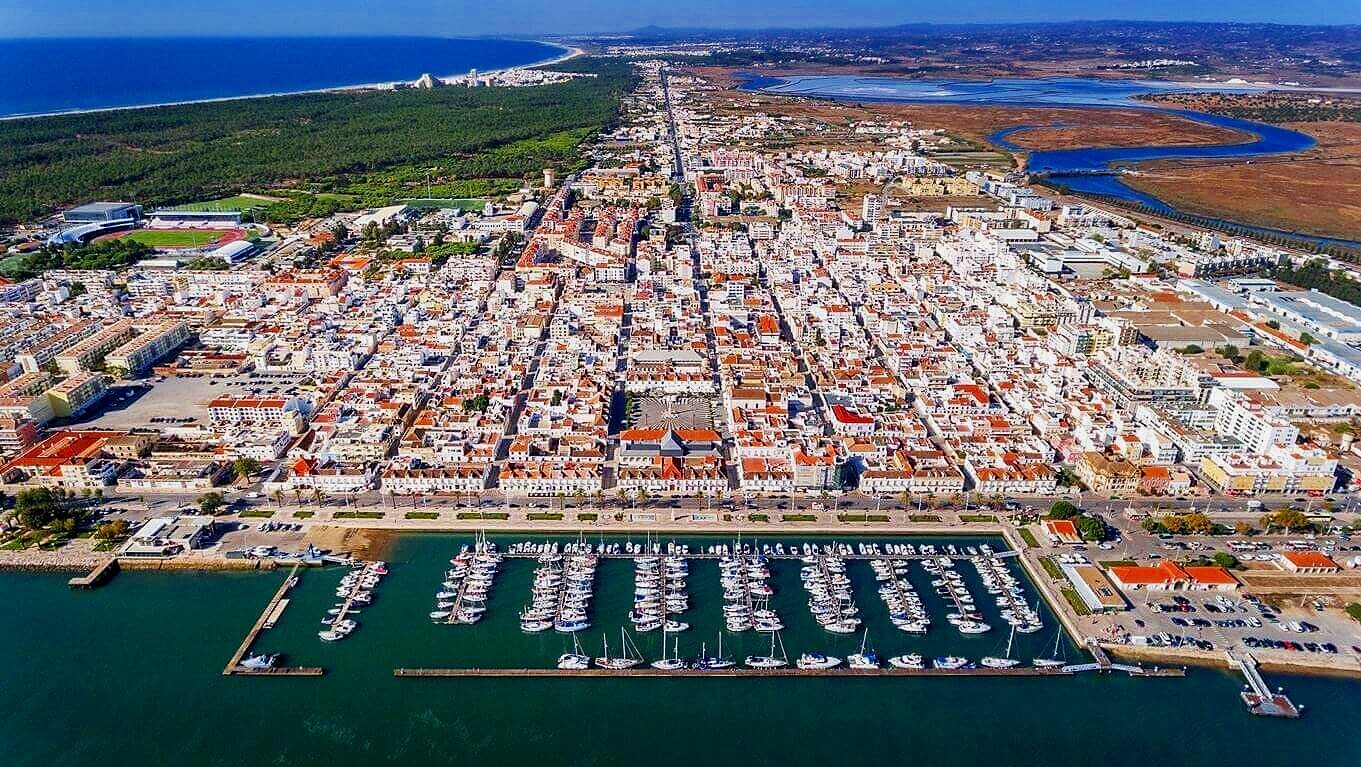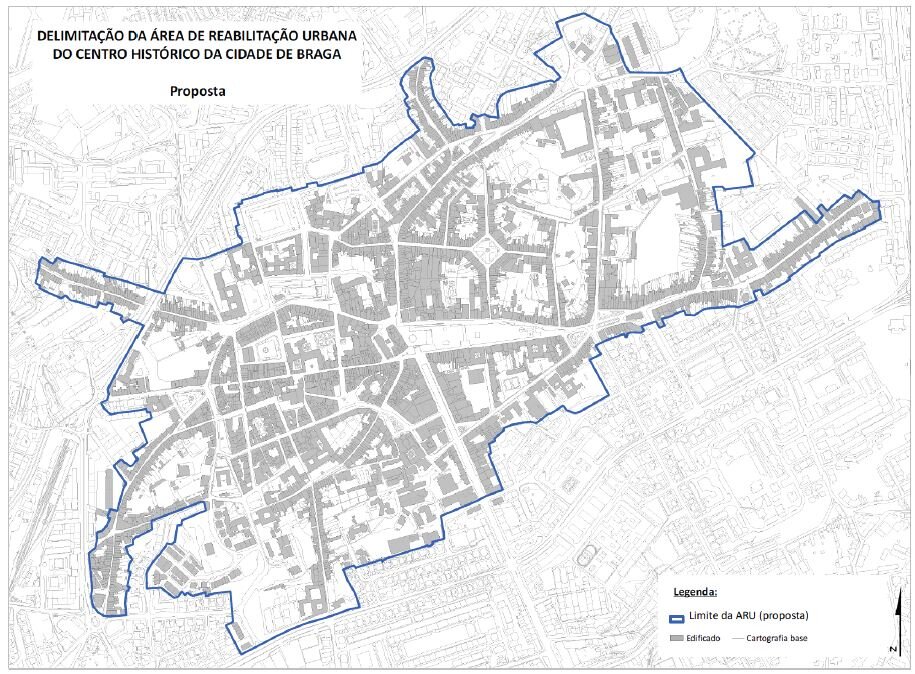urban revitalization strategy for lisbon 2011-2024| baixa-chiado neighborhood
Strategy initiated in 2005 by the domusrehabita team together with the Lusófona University of Humanities of Technologies of Lisbon, for the requalification of Baixa Pombalina and Chiado neighborhood, namely in the execution of documents supporting the decision of the City Hall: surveys, inspection reports of anomalies, metric surveys, functional schemes, photographic surveys, budget estimates and inspection records for 47 blocks, 376 buildings and 4 793 fractions, which were part of the Revitalization Plan of Baixa-Chiado 2011-2024.
URBAN REVITALIZATION STRATEGY FOR historical center of sintra | unesco site
The delimitation of an urban rehabilitation area is associated with the requirement to determine the objectives and strategy of the intervention, which is also the moment of defining the type of urban rehabilitation operation to be carried out and the choice of the managing entity.
In order to achieve a comprehensive and effective framework and understanding of the object of this work - the Historic Centre of Sintra (Cultural Landscape and World Heritage by UNESCO) - the territory is approached from a holistic perspective with the aim of establishing an integrated and sustained intervention strategy.
URBAN REVITALIZATION STRATEGY FOR historical center of carcavelos
Definition of the Urban Rehabilitation Operation, covering the following areas: identification of public and private vacant properties (regardless of their degree of degradation); estimation of intervention and operating costs; definition of the business model for the operation of infrastructure to support the entrepreneur; analysis and optimisation of potential opportunities for public and community co-financing and feasibility study of the exploration business model.
The installation in the municipality of Cascais of a centre of excellence in training, knowledge and research, such as the Nova School of Economics & Business, is a valuable instrument for stimulating economic and social development in Carcavelos, by enabling the attraction of the best professionals and the deepening of synergies between the institution in question, the municipality, public and private institutions, companies and the population, with the consequent creation of value chains in commerce, services, real estate market, tourism and restaurants, among other areas of economic activity.
URBAN REVITALIZATION STRATEGY FOR historical center of vila real de santo antónio
Project developed through the adoption of an institutional model based on an URBAN Management Company, endowed with a regulatory body totally dedicated to urban rehabilitation that takes into account the specificity of carrying out Systematic Urban Rehabilitation Operations.
Due to the emergency imposed by the globalized market, the intention to create a Strategic Program of Urban Rehabilitation for Vila Real de Santo António historical center arose from the urgent need to value the accessibility and symbolism of this place, of great historical and cultural importance, countering the discontinuities and the internal limits to growth and economic expansion, accompanying the consolidation of sustainable and integrated development.
Strategy of revitalization and valorization of the real estate heritage in Braga Historic Centre
It is known that the promotion and concentration of competitive companies in a given territory will enhance their transformation into an even more competitive territory and, even more so, benefiting from positive externalities, will simultaneously tend to favour the attraction of other companies, by contagion effect, thus promoting their territorial competitiveness.
In this context, and supported by a Strategic Plan for the Economic Development of Braga 2014 - 2026, Braga expressed the ambition to become the first fully OPEN municipality in the country: open to young people, creativity and innovation; open to business, entrepreneurship and wanting to do; open to new cultures, new ways of being and living in a territory where we can easily associate a context of urban living with the best and healthiest of rural, natural, heritage and historical wealth, with the respective gains in terms of quality of life.
Against the backdrop of the Invest Braga platform and in particular the integrated set of new features created through the +Industry Strategy and StartUP Braga, the municipality of Braga and in particular the city, today present renewed levels of attractiveness as a result of an open ecosystem and generator of new services and products that has given rise to the establishment of companies and new businesses.
In order to achieve this objective, domusrehabita has developed mechanisms for: implementing a Partnership with other Owners so that everyone can participate in the Fund or Investment Company; Definition of Collective Business Case and Private Business Cases; Drafting of a Rehabilitation and Marketing Guide; Creation of a "Shared Resources Centre" to provide centralised support services to new residents/residents already established; Definition of an Operational Marketing/Rentabilisation Strategy; Creation of Pilot Projects/Rehabilitation/Marketing Examples and Development of Pilot Projects for the Recovery/Rehabilitation of Real Estate.
muda reserve masterplan | comporta
The Master Plan of “Muda Reserve” was made by our team at domusrehabita in 2013 in partnership with Professor Sidónio Pardal. Subsequently, the architectural projects have been developed by the Saraiva+Associados team.
Muda Reserve is located in Aldeia da Muda, between Comporta and Grândola, about 5 Km from the Alentejo coast. 50 plots of land with areas between 4 and 6 hectares have been created here - known as Village Farms - on which houses up to 500 sq.m. per Farm may be built.
Innovation Hub | Technological City of Paços de Ferreira
The Technological City project emerges as an urban policy instrument that aims to favour the creation of a space of knowledge, innovation and creativity within the city, bringing together conditions of attractiveness of companies and knowledge workers, enabling the installation within the city of a cluster of activities that generate and value knowledge.
Acting in a logic of sharing and creating synergies, the "Innovation Hub" Technological City intends to locate in the same space the main equipment and services related to the knowledge economy, with innovation and with research and development, focusing on itself the brain core of the activities of "enrichment" of the economic base of the county.
west coast design & surf villas | azenhas do mar
The close relationship that these constructions establish with the landscape, has strengthened and made it a sufficient object of incentive, to trigger the intervention and rehabilitation of these two houses, strongly linked to the land and the cultural identity of the Saloio people.
Here, environmental, cultural and architectural concerns were taken into consideration, and taking advantage of what exists, so that it can be valued, we intend to develop a careful intervention in its relationship with the surrounding landscape.
In this intervention, it was intended to compose a multiplicity of resources and adopt a simultaneously integrated and sustainable model - capable of effectively managing different elements of the territory where they are located - capable of adapting to the unique characteristics of the site, serving as a small contribution to the protection of the natural, cultural and architectural heritage of Azenhas do Mar, located in the municipality of Sintra.
This project is part of the trademark PORTUGAL WEST COAST - DESIGN & SURF VILLAS, recently created by DomusReHabita, and will offer experiences of accommodation and interactivity with the local community, traditions and landscape.
Urban rehabilitation in Lezíria do Tejo
This project was developed through the adoption of an institutional model based on an INTER-MUNICIPAL URBAN REABILITY SOCIETY, endowed with a regulatory body totally dedicated to urban rehabilitation that takes into account the specificity of carrying out Systematic Urban Rehabilitation Operations.
Due to the emergency imposed by the globalized market, the intention to create Urban Rehabilitation Areas for the municipalities of Almeirim, Alpiarça, Azambuja, Cartaxo, Chamusca, Golegã, Rio Maior and Santarém (9 of the 11 municipalities that integrate the CIMLT - Intermunicipal Community of Lezíria do Tejo) arises from the urgent need to value the accessibility and symbolism of these areas known as traditional and of cultural importance. This planning necessarily resulted from the physical analysis and the resolution of the various interests in confrontation, identifying the various structures of the territory. Ten areas were created with systematic urban rehabilitation operations, with the offer of rental grants in all of them.
Urban rehabilitation in center of portugal
These new challenges of inter-municipal cooperation currently constitute a new milestone in the affirmation of the competences of local authorities, highlighting the importance of the urban project in the context of inter-municipality, pointing out as one of the main objectives the strengthening of territorial identity.
The focus on the potential and strategies for the requalification of these areas on inter-municipal cooperation, always includes an interpretation of the urban project as a non-homogeneous space, guided by the pace of changes in economic activities, residential sectors, symbolic places, institutions, equipment and reserves.
In a context of competitiveness between the various municipalities that currently make up the CIM-BSE, these 10 Urban Rehabilitation Operations create a strategic vision on heritage sustainability in urban growth and on the prospects for urban requalification in the new times of construction of the city, in new forms of mobility, in new interpretations of the territory, identifying its vacant spaces, with economic potential.
“The only way to do great work is to love what you do”























